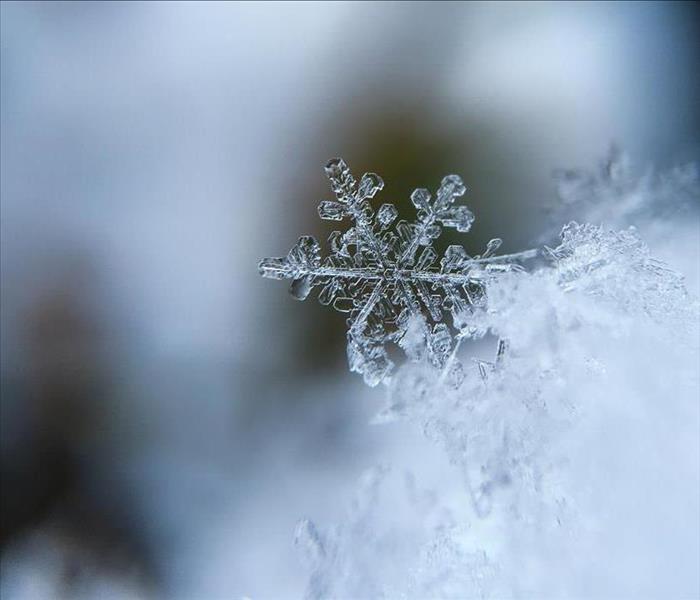Glossary of Winter Storm Terms
12/3/2020 (Permalink)
It’s winter in Western New York. It’s been a mild winter so far, but it’s winter all the same.
When you turn on the news and hear the meteorologist talking about the different kinds of winter weather we can expect, do you know what it all means? We’ll break it down for you.
Glossary of Winter Storm Terms
- Winter Storm: life-threatening. Combines heavy snow with wind capable of blowing that snow around, plus dangerously low wind chills.
- Blizzards: dangerous variant of winter storms that have especially strong winds that result in low visibility. Can also pick up snow that has fallen to create a “ground blizzard.” Winds must be over 35mph and visibility must be ¼ mile or less for at least 3 hours to qualify as a blizzard.
- Ice Storm: a storm which also leads to at least .25” of ice accumulating on exposed surfaces. Walking and driving may be dangerous due to these conditions, and tree branches and powerlines may also be at risk of snapping under the weigh to the ice.
- Lake Effect Storms: the result of cold, dry air masses moving over the Great Lakes and picking up moisture. That air then dumps that water as snow south and east of the lakes.
- Snow Squalls: brief but intense snow showers with gusty winds.
- Snow Flurries: light snow for a short duration, with little to no accumulation expected.
- Snow Showers: snowfall for a brief period of time at varying intensity, with some accumulation expected.
- Sleet: when snowflakes melt partially as they fall through pockets of warmer air, this leads to sleet. Usually, the melted snow refreezes on its way to the ground, resulting in precipitation that is partially or fully frozen and may bounce on impact.
- Freezing Rain: when snowflakes melt completely as they fall due to falling through warmer layers of air. This water does not refreeze even as it passes through freezing air on its way to the ground, but it does become “supercooled” and will instantly refreeze when it comes into contact with anything at or below a freezing temperature. This phenomenon can lead to significant accumulation of ice on the ground, on roads, and on other objects. If enough ice accumulates, freezing rain can be upgraded to an ice storm.
Suffer damage after a winter storm? We can help. Call 716-646-6684.






 24/7 Emergency Service
24/7 Emergency Service